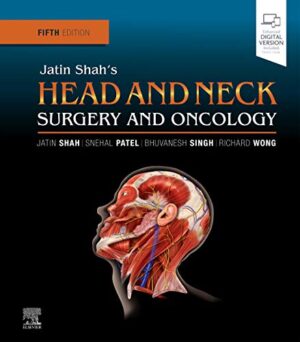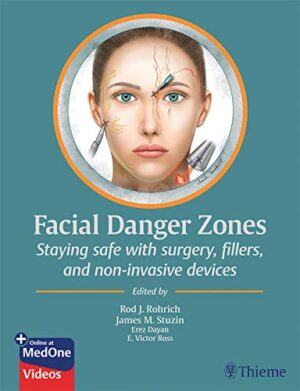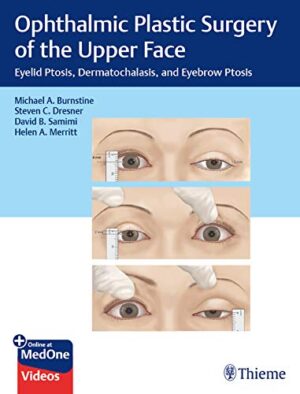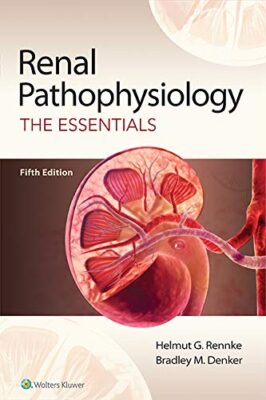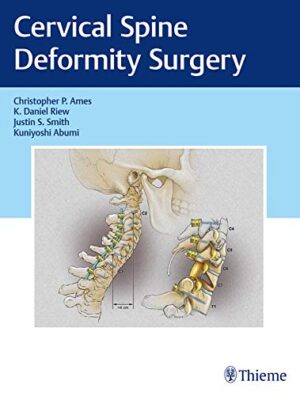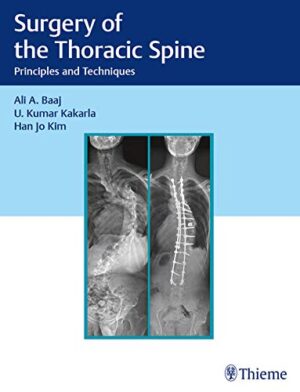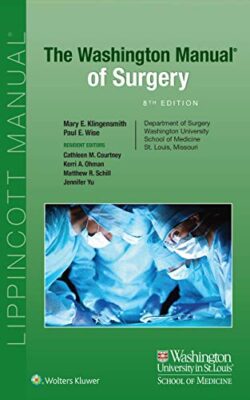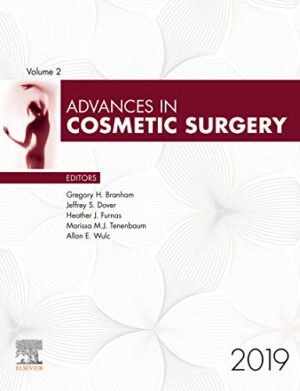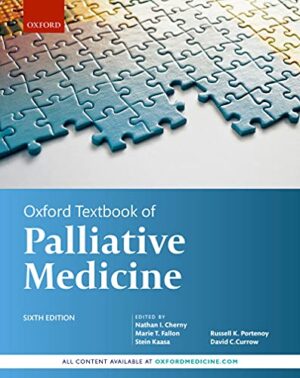Facial Trauma Surgery: From Primary Repair to Reconstruction
Facial Trauma Surgery: From Primary Repair to Reconstruction
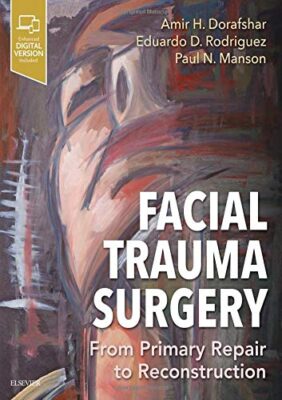
Facial Trauma Surgery: From Primary Repair to Reconstruction
Offering authoritative guidance and a multitude of high-quality images, Facial Trauma Surgery: From Primary Repair to Reconstruction is the first comprehensive textbook of its kind on treating primary facial trauma and delayed reconstruction of both the soft tissues and craniofacial bony skeleton. This unique volume is a practical, complete reference for clinical presentation, fracture pattern, classification, and management of patients with traumatic facial injury, helping you provide the best possible outcomes for patients’ successful reintegration into work and society.
Explains the basic principles and concepts of primary traumatic facial injury repair and secondary facial reconstruction.
Offers expert, up-to-date guidance from global leaders in plastic and reconstructive surgery, otolaryngology and facial plastic surgery, oral maxillofacial surgery, neurosurgery, and oculoplastic surgery.
Covers innovative topics such as virtual surgical planning, 3D printing, intraoperative surgical navigation, post-traumatic injury, treatment of facial pain, and the roles of microsurgery and facial transplantation in the treatment facial traumatic injuries.
Includes an end commentary in every chapter provided by Dr. Paul Manson, former Chief of Plastic Surgery at Johns Hopkins Hospital and a pioneer in the field of acute treatment of traumatic facial injuries.
Offers videos that clarify surgical technique, including intraoperative guidance and imaging; transconjunctival approach to the orbit and reconstruction of a zygomaticomaxillary complex fracture; calvarial bone autograft splitting; dental splinting; a systematic method for reading a craniofacial CT scan; and more.
Features superb photographs and illustrations throughout, as well as evidence-based summaries in current areas of controversy.
DOWNLOAD THIS MEDICAL BOOK









